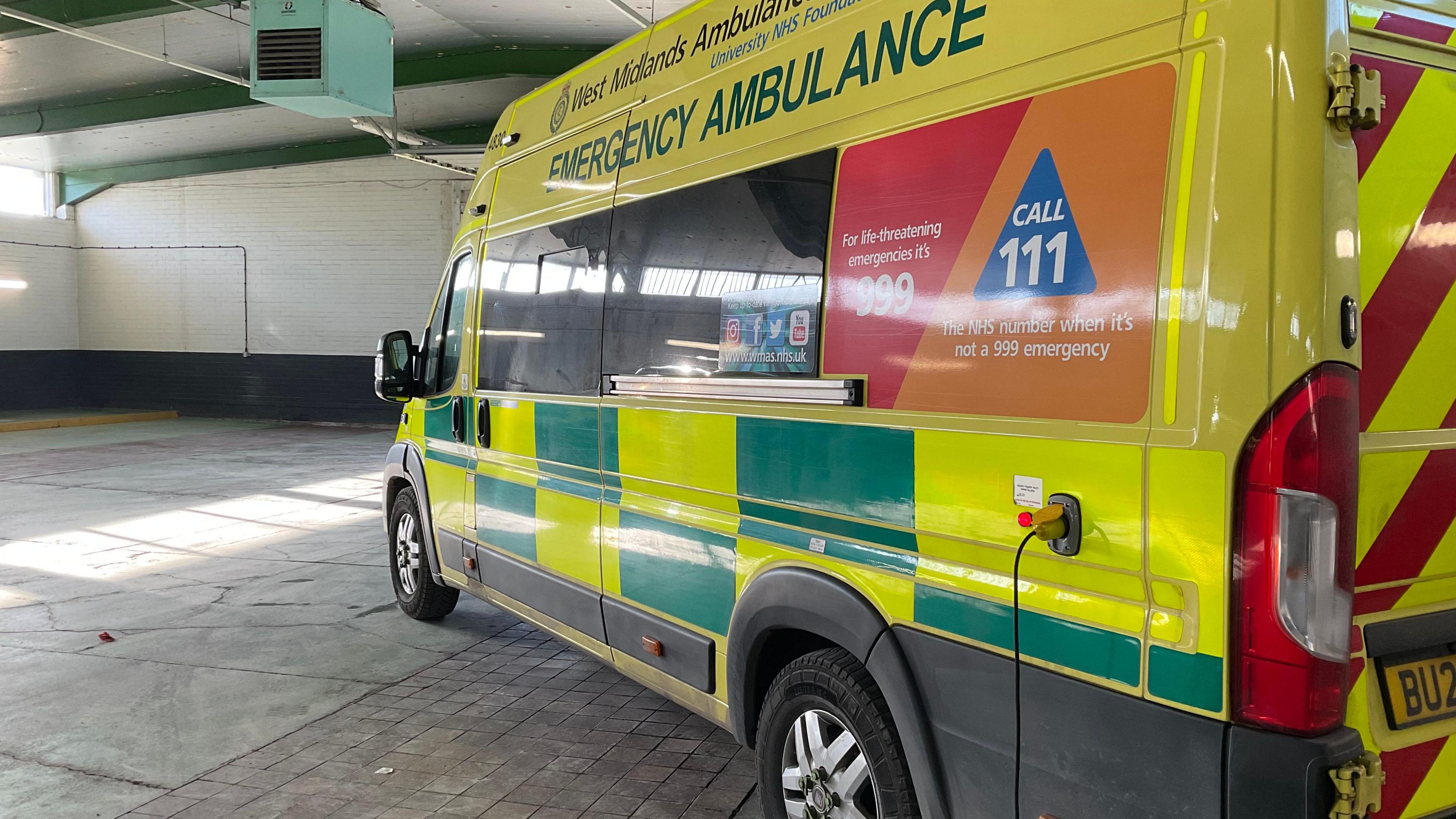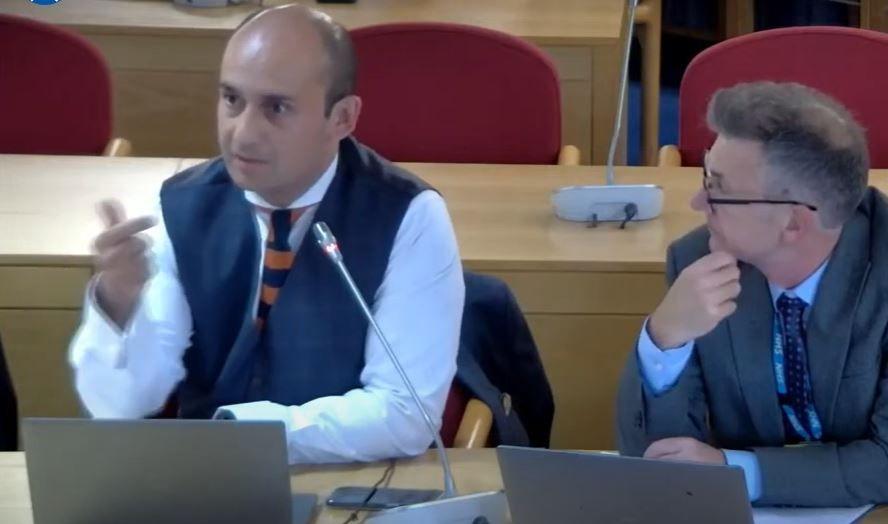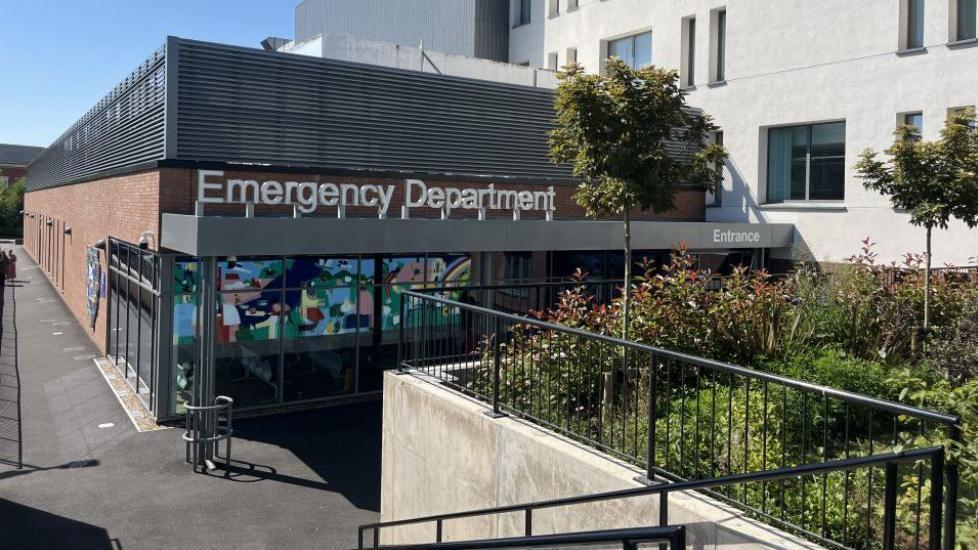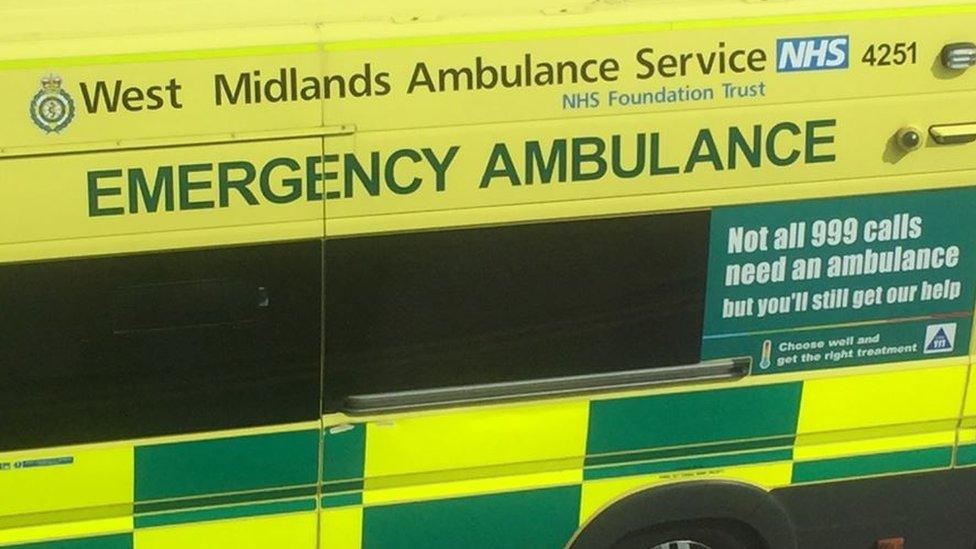Ambulance response times improve

West Midlands Ambulance Service responds to about 4,000 999 calls each day
- Published
Ambulance response times for emergency calls have "improved considerably" so far this year, according a director at West Midlands Ambulance Service (WMAS).
The organisation said its average response time for a Category 2 call, such as a stroke, was currently about 25 minutes so far this year. In 2023 it was 36 minutes.
In order to improve performance, the ambulance service said it was planning to recruit 338 paramedics this year.
At a Worcestershire County Council meeting on Tuesday, NHS bosses said delays in ambulance handovers at the county's emergency departments had also reduced.
Since 2017, ambulance responses across England have been split into four categories:
Category 1: Calls from people with life-threatening illnesses or injuries
Category 2: Emergency calls, such as strokes
Category 3: Urgent calls such as late stages of labour and non-severe burns
Category 4: Calls for conditions such as diarrhoea and vomiting
While the original target for Category 2 calls was set as 18 minutes, in January 2023, NHS England revised that to 30 minutes, following a winter of long waiting times.

WMAS director Vivek Khashu said response times had improved considerably
"Our performance has improved considerably over the last few months," Vivek Khashu, WMAS's director of strategy and engagement, said.
He told councillors at the county's health, overview and scrutiny committee that the average Category 2 response time had fallen to 18 minutes in August, and was about 25 minutes so far this year.
Mr Khashu credited the improvement to extra resources and closer working with other parts of the NHS.
"We've put in place a considerable increase in staffing numbers. During the course of this year we’re aiming to recruit another 338 paramedics across the region," he said.
Councillors were also told ambulance handover delays at Worcestershire's emergency departments had also fallen by 12% in the first three months of the 2024-25 financial year.
The improvements were welcomed by Malvern Hills district councillor Christine Wild.
"I've been a bit grumpy sometimes on this committee, but I have to say I have begun to notice some differences," she said.
"A recent experience - the ambulance came straight away, went straight through into the hospital, which was brilliant."

Handover delays between ambulances and Worcestershire Royal's A&E department have been a problem in recent years
A new £35m A&E department at the Worcestershire Royal Hospital opened last autumn.
However, this month patients have been moved out of the department's waiting room because of damaged floors.
The acute trust said its priority was that the emergency department remained open and functioned safely.
Going forward, Mr Khashu said a new ambulance hub was needed for Worcester, to meet the demand of a growing population.
Get in touch
Tell us which stories we should cover in Staffordshire
Follow BBC Hereford & Worcester on BBC Sounds, Facebook, external, X, external and Instagram, external.
- Published14 August 2024

- Published13 November 2023

- Published30 July 2024
